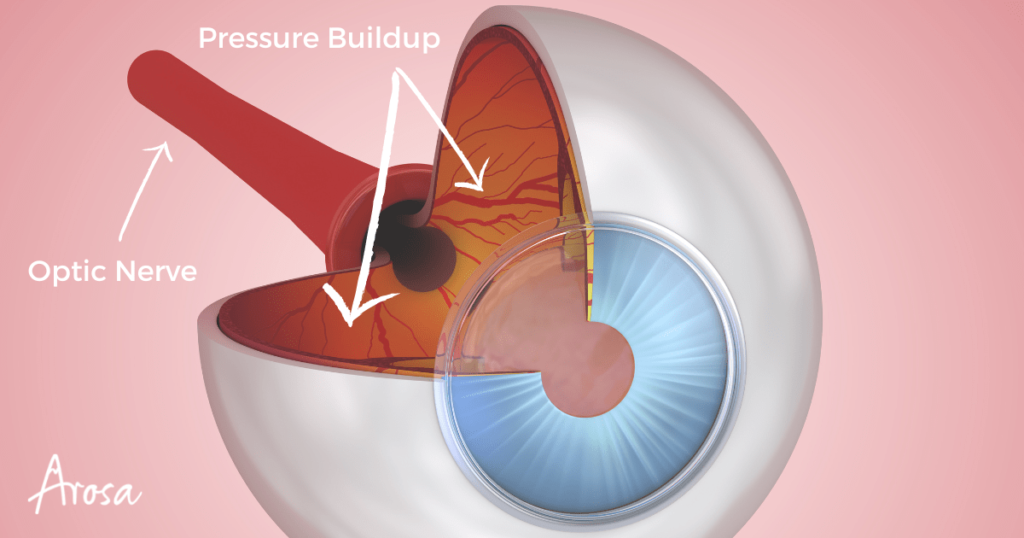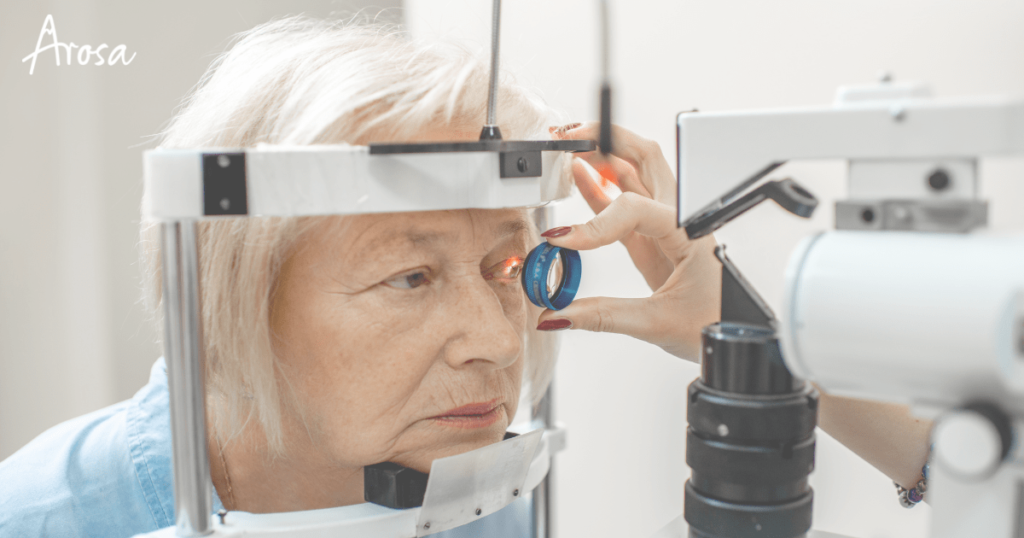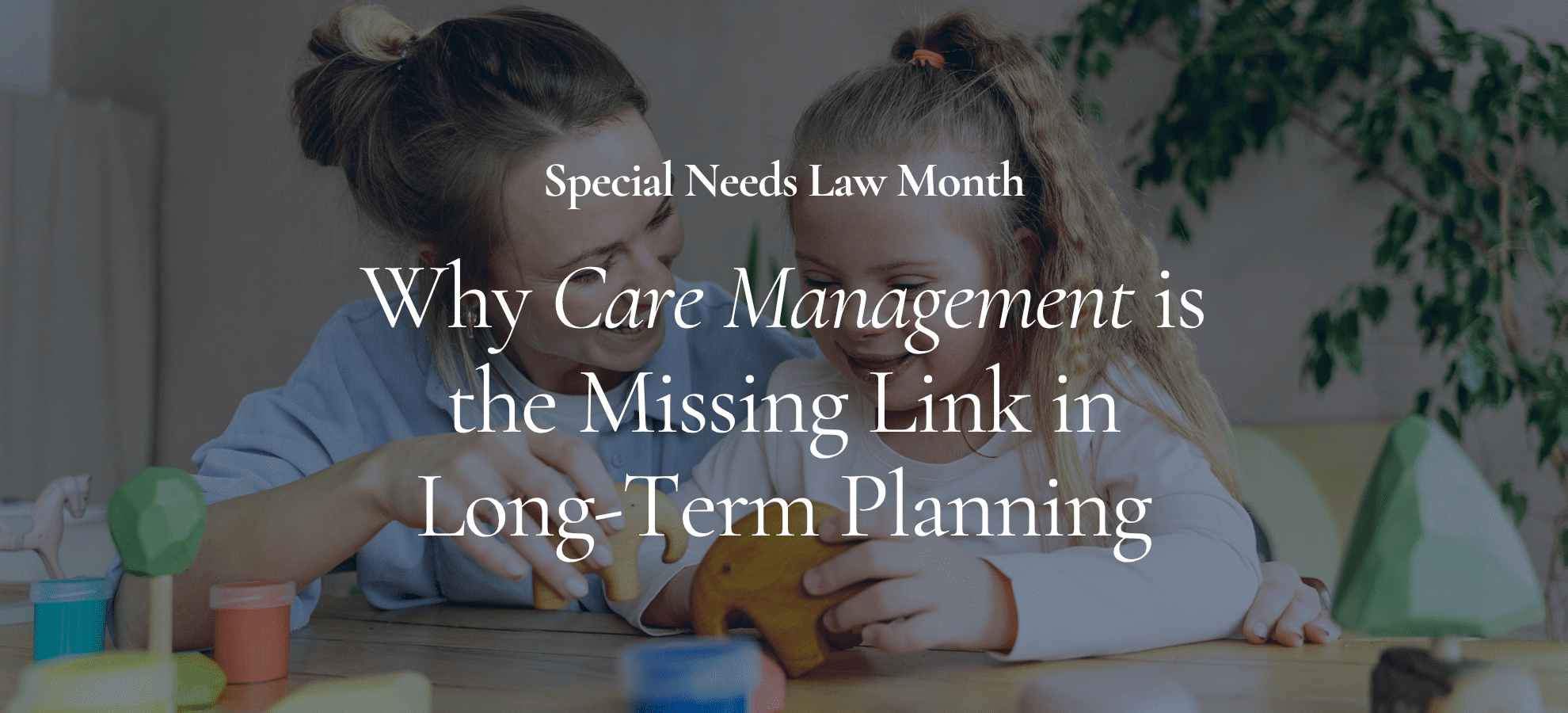Four Things to Know About Glaucoma and Seniors
What is glaucoma?
Glaucoma is a disease that damages the optic nerve in your eye. Disease typically happens when fluid builds up in the eye, causing pressure and damaging the optic nerve. This disease is more common among older adults. Below are four things you need to know about glaucoma if you’re a senior, have an aging loved one, or provide caregiving services for seniors.

There are signs of glaucoma that you might be able to notice.
Nearly 50 percent of people with glaucoma don’t even know they have it. This statistic is why the disease is often called the silent thief of sight. That doesn’t mean there aren’t ever signs. Be on the lookout for the following:
- Development of blind spots
- Impaired vision of any kind
- Nausea or any severe pain
- Redness of the eye
It is important to remember that the disease may already be advanced when many of these symptoms are taking place. Certain types of glaucoma, like angle closure, often develop very slowly with no symptoms at all. The key to combating glaucoma is to stay ahead of the disease with regularly scheduled eye exams. Seniors should work closely with their care management team to keep an eye out for symptoms.
Older Adults are at a Higher Risk for Glaucoma.
We should all be concerned about glaucoma and its devastating effects, the concern should be elevated with older individuals. Adults over the age of 60 are six times more likely to develop glaucoma.
The Glaucoma Foundation recommends the following frequency for eye exams:
- Under age 40 – every three to four years
- Under 40 with a risk factor – every one and a half to two years
- Everyone 40 years or older – every one and a half to two years
- 35 years or older with risk factor – every year or two
- 40 years or older with a risk factor – every year

Age isn’t the only risk factor for glaucoma.
Age is certainly the number one risk factor when it comes to glaucoma, but it isn’t the only one. Numerous studies have demonstrated that family history is one of the largest risk factors for glaucoma. Educating yourself on your hereditary and family history of the disease can lead to early detection, and hopefully, save your vision.
Other risk factors putting you at elevated chances of developing glaucoma:
- African, Hispanic, or Asian heritage
- Being farsighted or nearsighted
- Suffering thinning of the optic nerve in your eye
- Have used steroids for an extended period of time
- Suffer from diabetes, extremely high or low blood pressure
- Sustained a previous eye injury
Even after a glaucoma diagnosis, progression can still be slowed.
At this time there is no cure for glaucoma, and no way to reverse vision loss. There are however treatments that can help to reduce symptoms and slow down the progression of the disease. Medicated eye drops have been found to reduce the risk of full blindness from glaucoma by nearly 50 percent. There are also several surgical options available to those suffering from glaucoma, all aimed at providing better drainage for the eye. A Seniors’ doctor, home care service, and family will be the most valuable resources to early detection of this sight stealing disease.
Sources:
Boyd, K 2021 September 21, What is Glaucoma? Symptoms, Causes, Diagnosis, Treatment, American Academy of Ophthalmology, accessed 27 December 2022, <https://www.aao.org/eye-health/diseases/what-is-glaucoma>
The Glaucoma Foundation 2022, The Glaucoma Foundation website, accessed 28 December 2022, <https://glaucomafoundation.org>
Leahy, N 2022 December, What is Glaucoma and Why Does it affect the Elderly, AgingCare website, accessed 28 December 2022, <https://www.agingcare.com/articles/glaucoma-and-elderly-people-133337.htm>



